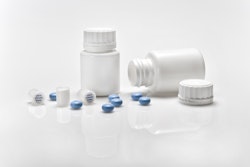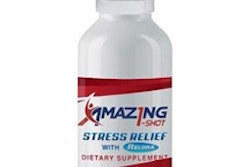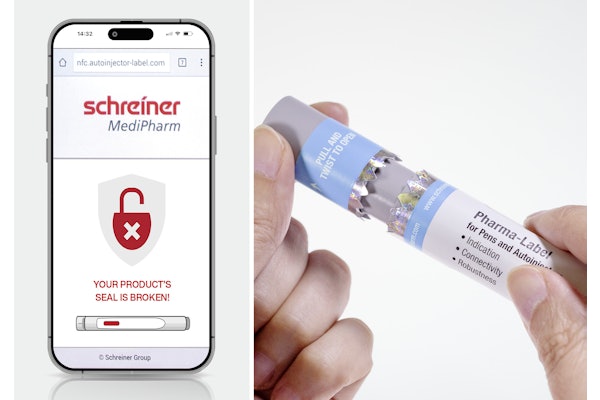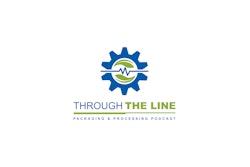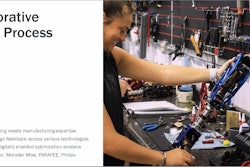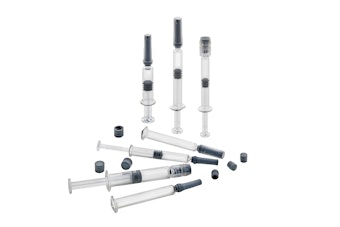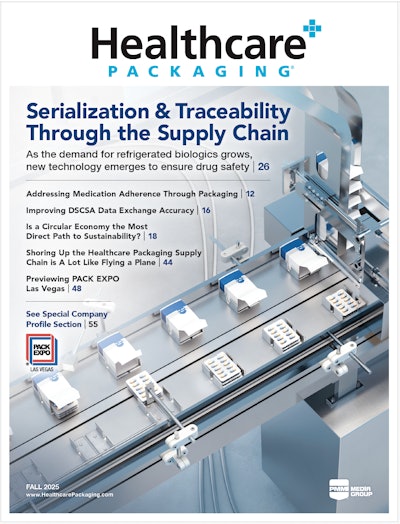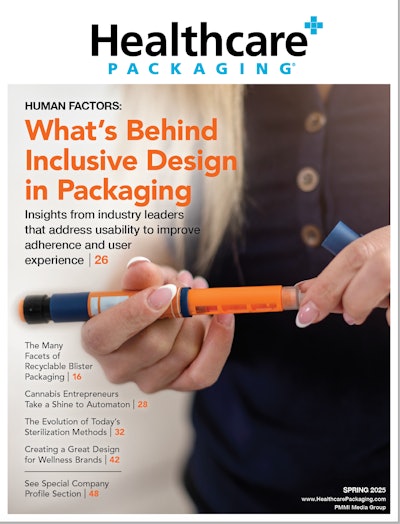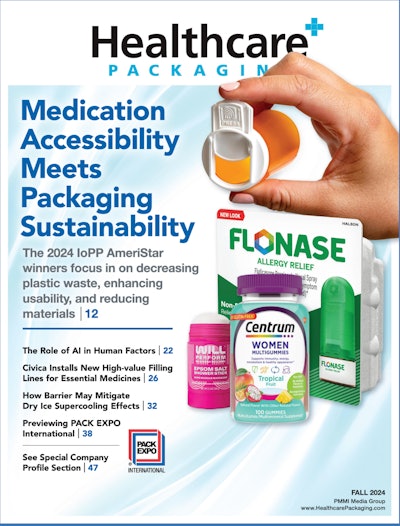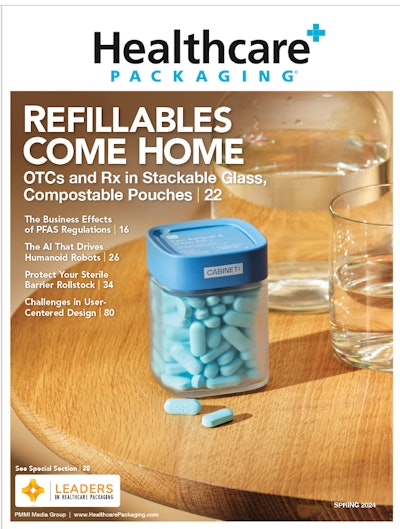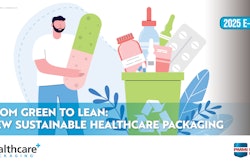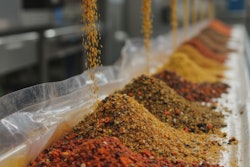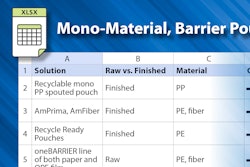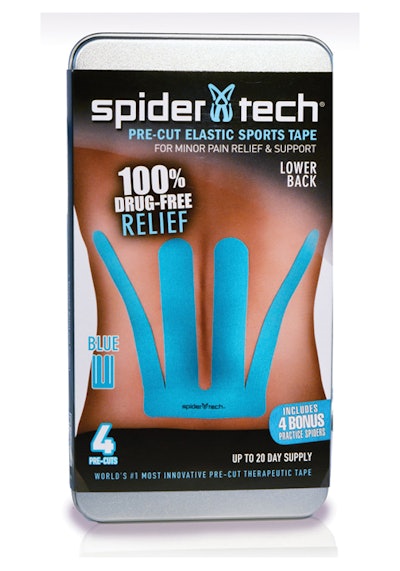
The first and only company to provide a pre-cut, ready-to-apply tape for therapeutic use, SpiderTech of Toronto, Ontario, Canada now offers its retail products in a sturdy, standard-size aluminum tin surrounded by a paperboard sleeve printed with contemporary graphics that stands out on shelves and protects the product in a range of environments.
SpiderTech’s therapeutic tape was launched into the market five years ago and allows individuals to self-apply pre-cut, adhesive-backed therapeutic strips to affected areas for pain relief and the support of body parts. Products include tape for the back, knee, elbow, ankle, neck, and other areas of the body, packaged in four- or six-pack tins. The company also offers rolls of tape and products for professional use, which were not part of the packaging redesign initiative.
In June 2014, Bill Payne, Senior Vice President of Marketing and Sales for SpiderTech, launched the standardization project, bringing a number of different package styles under one design. “We had different versions of packaging for different market spaces and different continents. It was a mix of old and new,” he says. “It was necessary to revamp the messaging on the packaging and to make the product consistent across all the markets, in terms of its form, format, and the way it feels in the hand.”
The two-piece, silver aluminum tin measures 3.5 in. wide, 7 in. high, and 1 in. deep, and uses a crackle finish on the top and sides for texturing. The SpiderTech name and logo—a representation of a “web” of pre-cut tape—is embossed on the front of the tin; on the back is an embossed recycling symbol. “The reason this format works so well,” explains Payne, “is that the product needs to be transportable from place to place in a way that safeguards its integrity. When I say place to place, I mean it may have to survive in a range of environments, such as a construction site, a sports arena, a factory, an office, or a school. So within those environments, the best way to ensure the product integrity was to have a sturdy package.”



